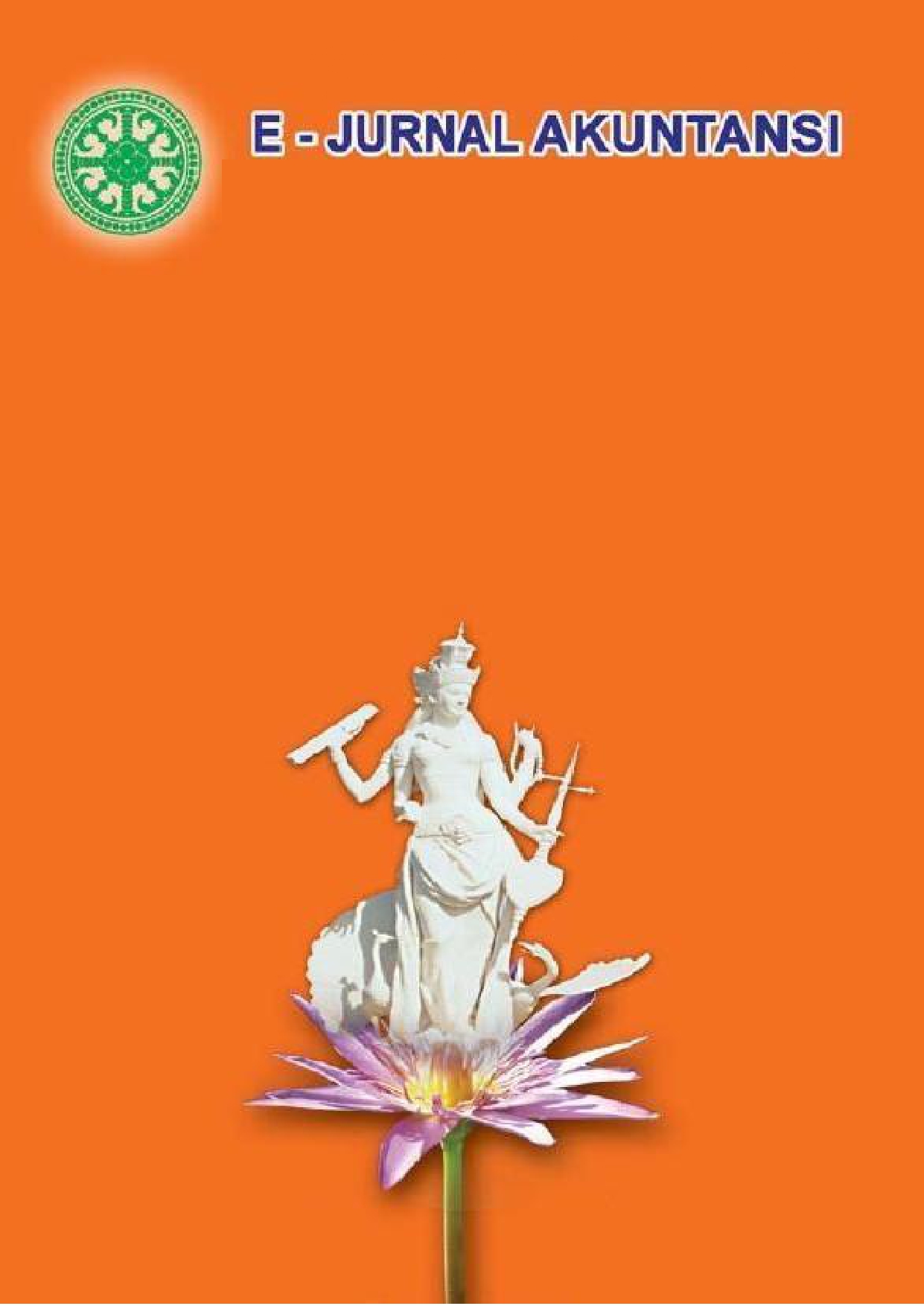Analisis Usulan Strategi dalam merespon PMK 48/2023: Studi Kasus pada Perusahaan Perhiasan Emas
Abstract
The issuance of PMK 48 in May 2023 concerning taxes on the sales/delivery of gold jewelry, has caused changes in the gold jewelry market in Indonesia. Gold jewelry companies must look for alternative strategies to overcome the impact of these changes. This research aims to analyze alternative proposed strategies that can be used by PT ABC, as a gold jewelry company in Indonesia. This research uses primary data (semi-structured interviews) and secondary data (information from PT ABC reports). The results of this research provide proposed new strategies for PT ABC based on the resources it has. Companies must be agile in creating emergent strategies to face the changes due to external factors.
Keywords: PMK 48/2023; gold jewelry; emergent strategy; resource-based theory.
Downloads
References
Management, 17(1), 99-120.
Barney, J. & Hesterly, W. S. (2011). Strategic management and competitive advantage: concepts (4th ed.). Upper Saddle River, NJ: Pearson Education. Hashem Valipour, Hamid Birjandi and Samira Honarbakhsh (2012) “The Effects of Cost Leadership Strategy and Product Differentiation Strategy on the Performance of Firms”, Journal of Asian Business Strategy, Vol. 2, No.1, pp. 14-23.
Chari, S., Katsikeas, C. S., Balabanis, G., & Robson, M. J. (2014). Emergent Marketing Strategies and Performance: The Effects of Market Uncertainty and Strategic Feedback Systems. British Journal of Management, 25(2), 145-165. https://doi.org/10.1111/j.1467-8551.2012.00843.x
Gehani, R. (2013). Innovative Strategic Leader Transforming From a Low-Cost Strategy to Product Differentiation Strategy. Journal of technology management & innovation. 8. 144-155. 10.4067/S0718-27242013000200012.
Huang, M. H., & Rust, R. T. (2018). Artificial intelligence in service. Journal of Service Research, 21(2), 155-172. https://doi.org/10.1177/1094670517752459
Kaya, R., Öncü, M.A., & Mesci, M. (2020). the mediating effect of organizational learning on the relationship between the cost leadership strategy and business performance: A study on travel agencies. Journal of Economy Culture and Society, 62, 323-343. https://doi.org/10.26650/JECS2020-0085.
Li-hong, X. (2007). Value innovation: The strategic logic of high growth. Harvard Business Review, 85(1), 102-112. https://doi.org/10.2139/ssrn.987456
Mintzberg, H. (1988). Generic strategies: Toward a comprehensive framework. Advances in Strategic Management 5, 1-67.
Peteraf, M.A. & Barney, J.B. (2003). Unraveling the resource-based tangle. Managerial and Decision Economics, 24 (4), 309-323.
Porter, M. E. (1985). Competitive advantage: Creating and sustaining superior performance. New York: The Free Press.
Porter, M.E. (1989). How Competitive Forces Shape Strategy. Readings in Strategic Management, 133-143.
Porter, M. E. (1990). New global strategies for competitive advantage. Planning Review, 18(3), 4-14
Porter, M. E. (1998). Competitive advantage creating and sustaining superior performance. New York: The Free Press
Stobierski, T (2020). Emergent vs Deliberate Strategy. https://online.hbs.edu/blog/post/emergent-vs-deliberate-strategy
Tojiri, Y. (2024). Product Differentiation Strategy for Organizational Financial Profitability: Enchancing Market Share and Profitability- A Comprehensive Literature Review . Atestasi : Jurnal Ilmiah Akuntansi, 7(1), 561–585. https://doi.org/10.57178/atestasi.v7i1.821
Utami, H. & Alamanos, E. (2023) Resource-Based Theory: A review. In S. Papagiannidis (Ed), TheoryHub Book. Available at https://open.ncl.ac.uk / ISBN:9781739604400
Valentin, E. K. (2001). Swot Analysis from a Resource-Based View. Journal of Marketing Theory and Practice, 9(2), 54–69. http://www.jstor.org/stable/40470032

This work is licensed under a Creative Commons Attribution-ShareAlike 4.0 International License.

















